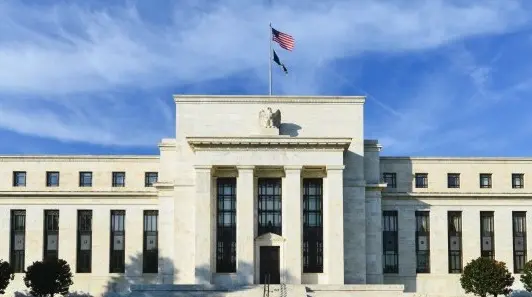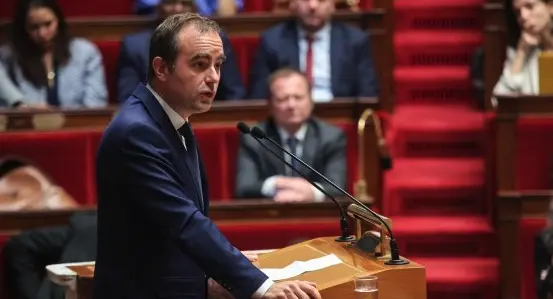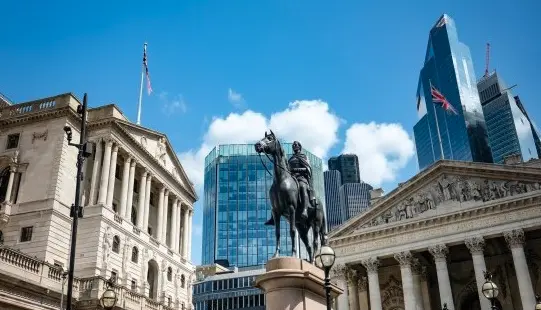Signs of cooling grow
The outlook for 2023-24 is not as bad as it was then, but the signs of a cooling labour market are mounting and the outlook is less favourable. For example, the slowdown in temporary contract hire has accelerated recently, which is usually a harbinger of a more generalised weakening of the labour market, as companies first cut temporary employment in the face of slowing demand before turning to internal employment.
Indeed, the number of job-seekers coming from the end of a temporary assignment has risen sharply over the past six months. In addition, according to the business surveys, hiring intentions of companies in all sectors have been declining for several months and the decline was accentuated in April, a sign of an expected weakening of the economic situation. The decline is particularly marked in the services and construction sectors.
Read next: The Commodities Feed: US announces SPR purchase| FXMAG.COM
Finally, the proportion of companies that consider that the lack of labour is a limiting factor to their production is falling in all sectors, although it remains at a historically high level. The pace of job creation should therefore slow down significantly in the coming months and could even turn slightly negative in the second half of the year. This should lead to an increase in the unemployment rate, reaching 7.3% at the end of 2023 and 7.6% at the end of 2024 (ILO definition).
The expected rise in unemployment would nevertheless be moderate in relation to the scale of the expected economic slowdown and a sharp fall in employment seems unlikely. The labour market is indeed structurally tighter, notably due to the ageing of the population, which will push companies to retain jobs more than during previous economic downturns.
| 








































































